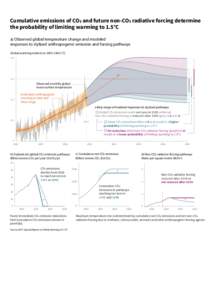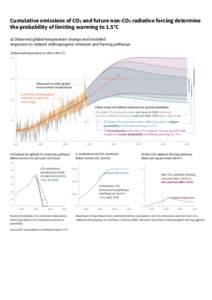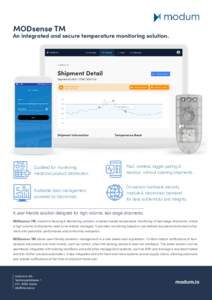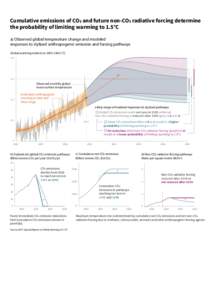<--- Back to Details
| First Page | Document Content | |
|---|---|---|
 Date: 2009-06-12 06:02:51Climate history Temperature Temperature record Polar ice packs Climate Arctic CLIMAT Climatic Research Unit Instrumental temperature record Physical geography Atmospheric sciences Earth |
Add to Reading List |
 Climate4you update April 2009 www.climate4you.com April 2009 global surface air temperature overview 1
Climate4you update April 2009 www.climate4you.com April 2009 global surface air temperature overview 1


